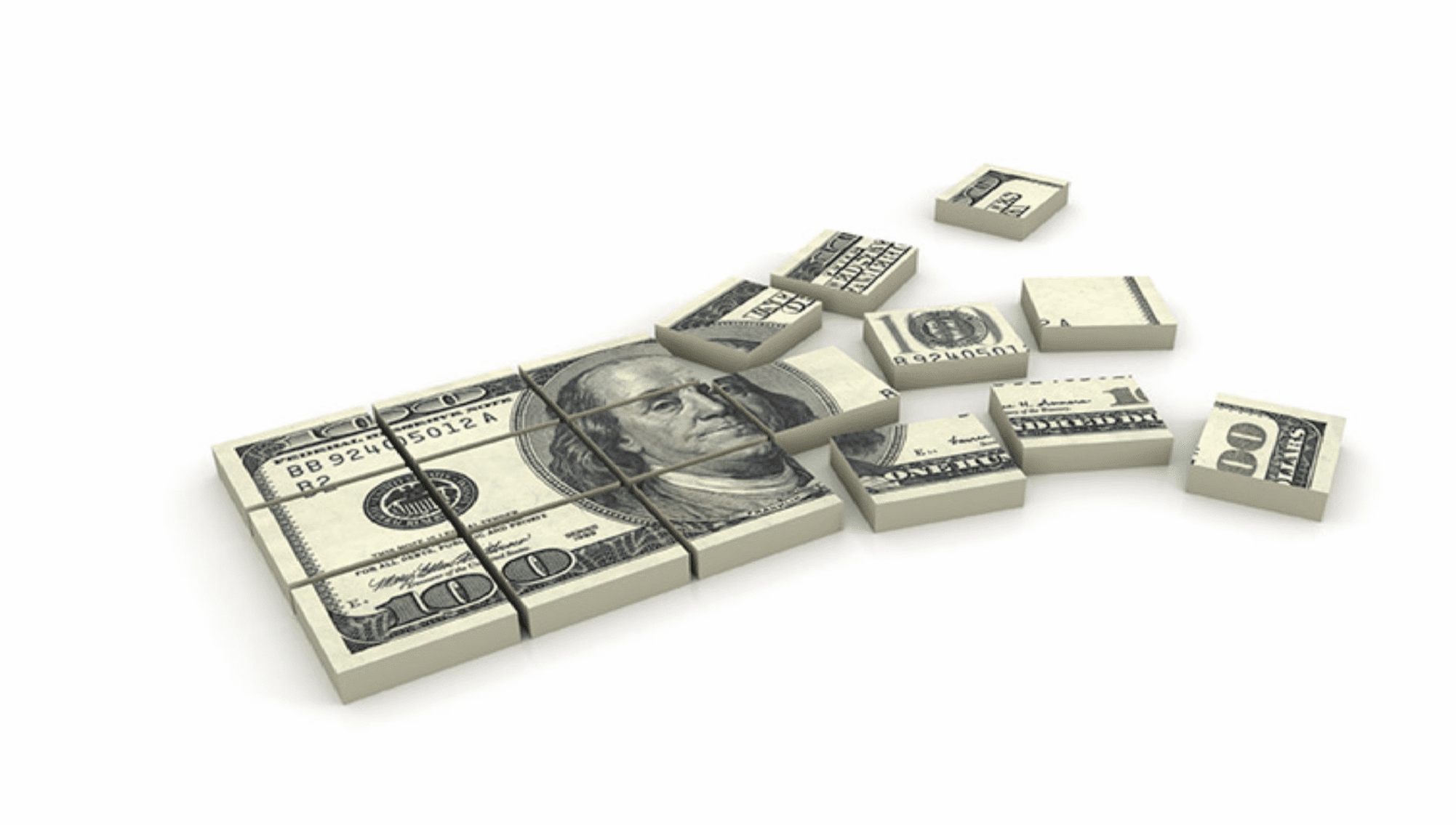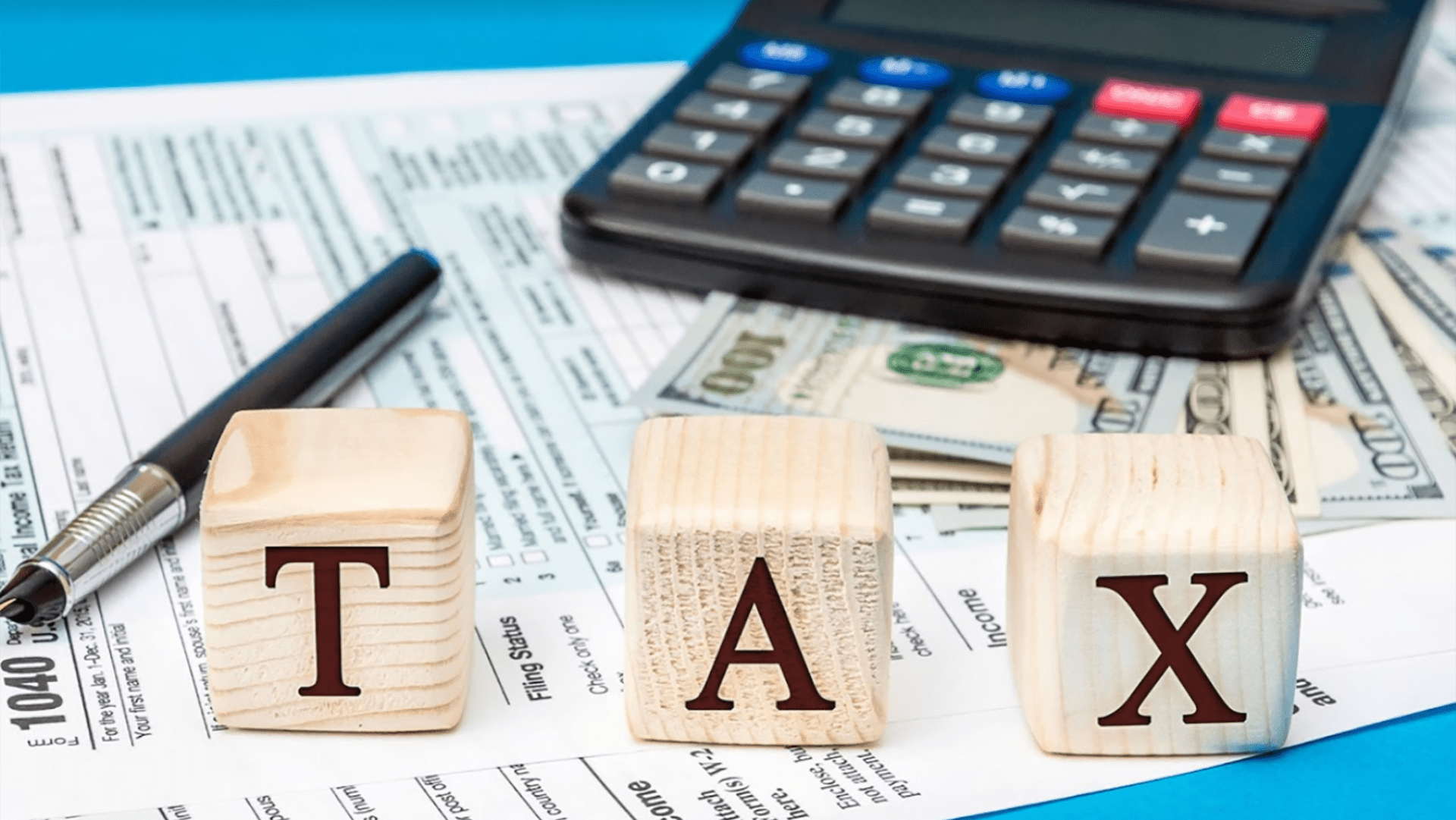
IRS Payment Plan Information
If you ever find yourself in need of a payment plan with the IRS there are some things you should know. It’s never good news to find out you owe taxes to Uncle Sam. It’s even worse to find out you can’t afford to make the payment.
If you’re in that situation, be sure to file the paperwork with the Internal Revenue Service by the deadline in April. If you don’t, the IRS will charge you a penalty that amounts to 5 percent of the balance; each month that you don’t pay, it will add another 5 percent, up to 25 percent. That balance will also be subject to interest, which the IRS will adjust each quarter. The rate is currently 5 percent.
Request a payment extension for your irs payment plan. If you haven’t applied for a payment extension before, this could be an option. After you file your tax forms on time without payment, the IRS will contact you to ask whether you would be able to pay within 120 days. If you choose this option, the agency will charge you a monthly fee of 0.5 percent of the amount owed.


Make a partial payment. Even if you can’t pay the whole tax bill, pay as much as you can. This will cut down the size of the penalty and interest you’ll have to pay the IRS. Everyone is looking to reduce the amount owed to the IRS.
Ask for leniency due to hardship. You’ll need to prove that paying your tax debt would cause you a tremendous burden, perhaps forcing you to sell your home. But this could get you more time to make your payment, and in some cases the IRS will also waive any payment penalties.
There are many options available when you look at irs payment plans. Make sure when looking at options, you consider all your available avenues.
